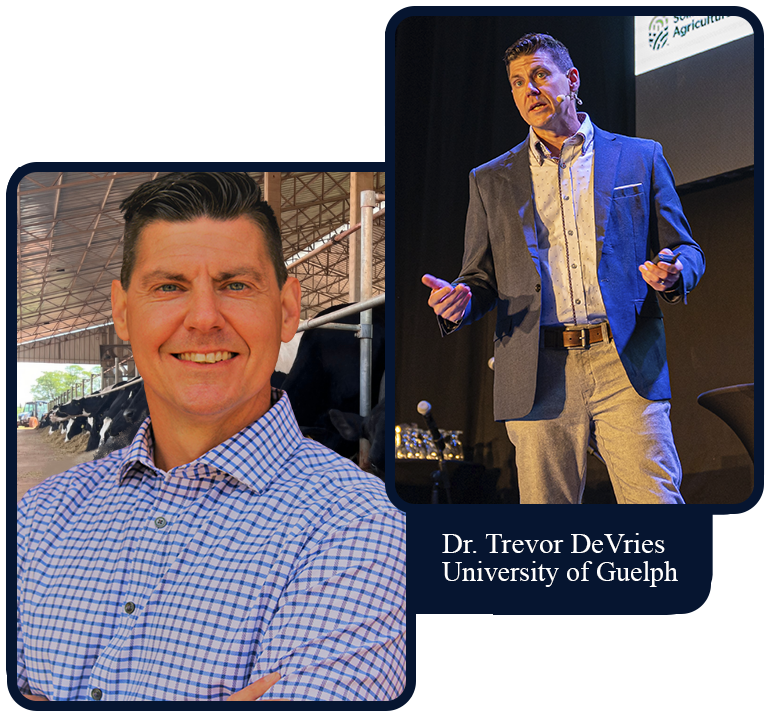
Learn from Dr. Trevor DeVries in the online course on Robotic Milking. Master the management of automated systems and optimize milk production. Essential for veterinarians and animal scientists.

This course is essential for all dairy industry professionals who wish to stay updated and improve their knowledge of robotic milking systems and their applications in dairy cattle management. With this course, you will have access to valuable and practical information that can help you increase the efficiency and success of your dairy business.
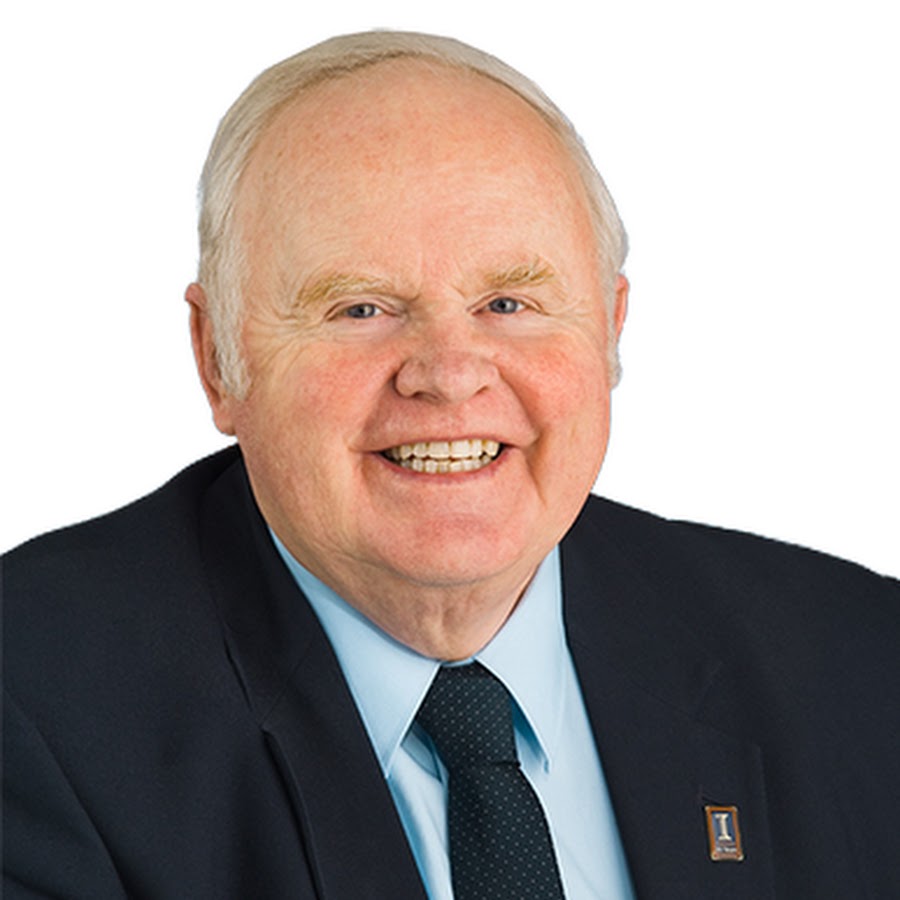
Robotic milking and robotic feeding research report.
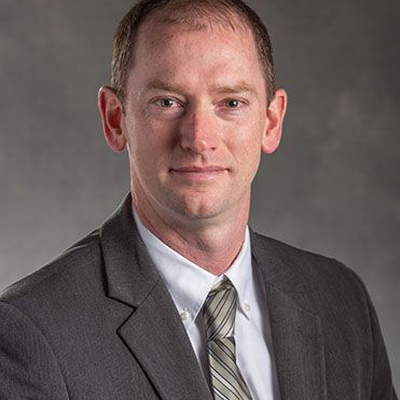
Managing inflammation in transition dairy cows.

Compost barn housing system for dairy cows.
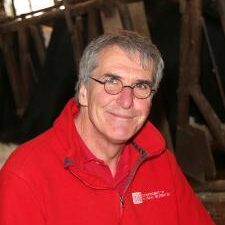
Feeding robot milked herds
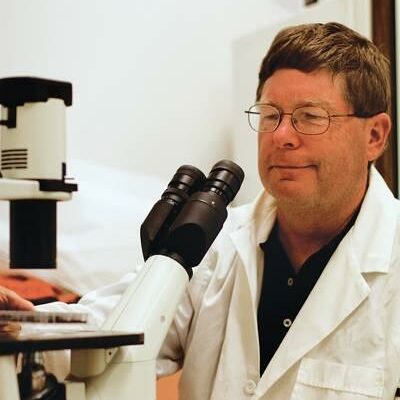
Hypocalcemia can be reduced steps that we know will work.

Cow comfort.
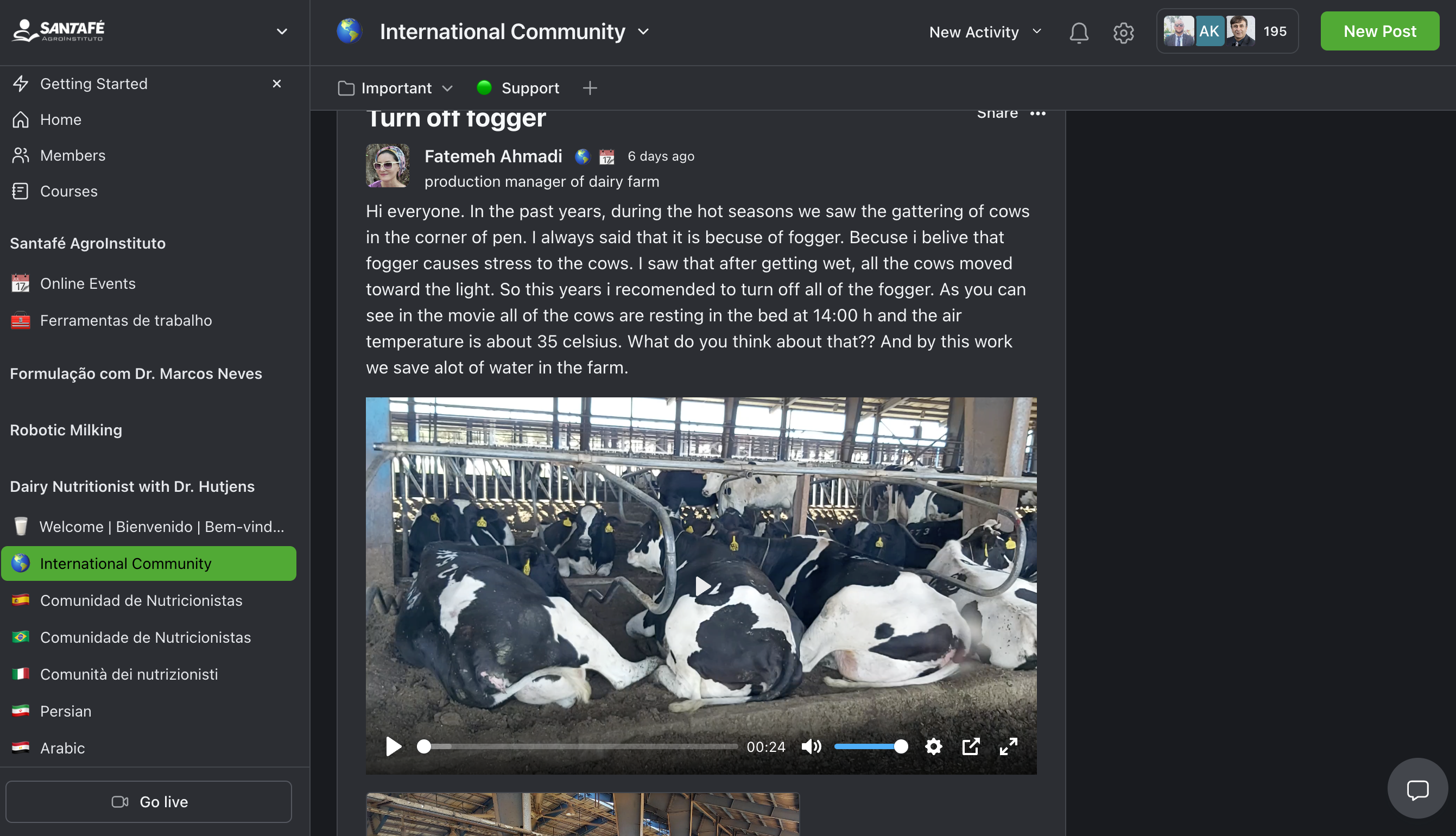
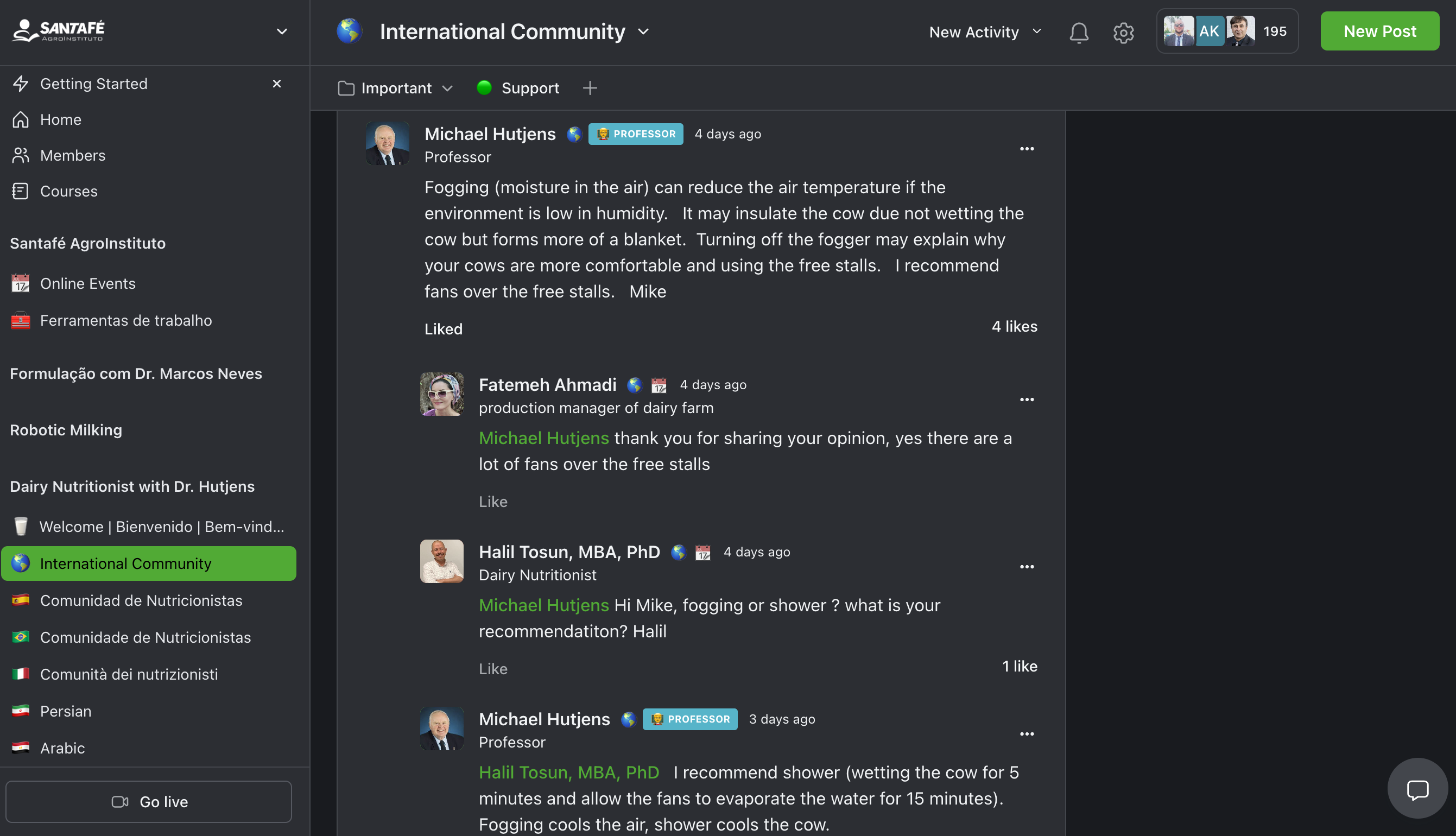
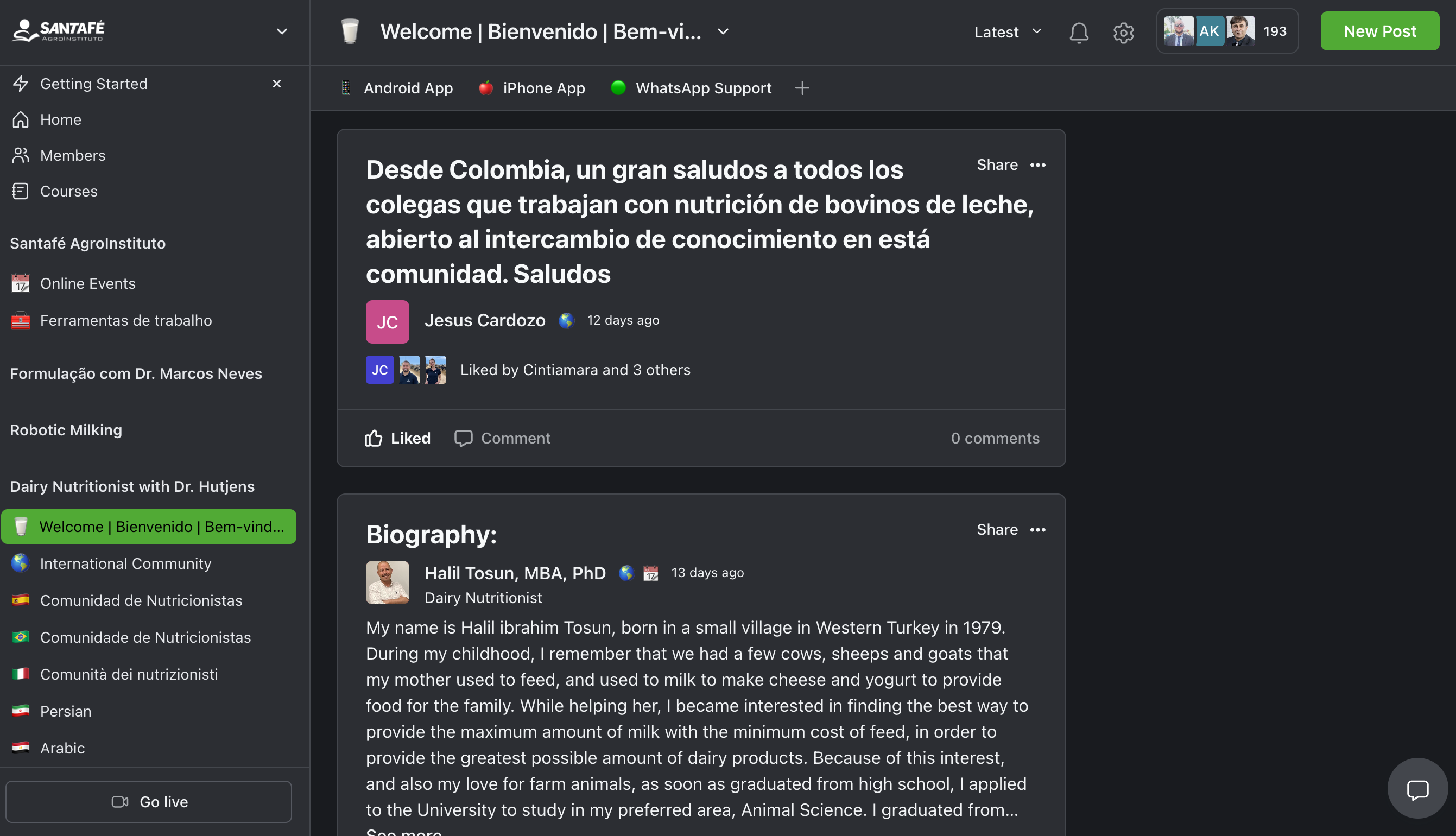
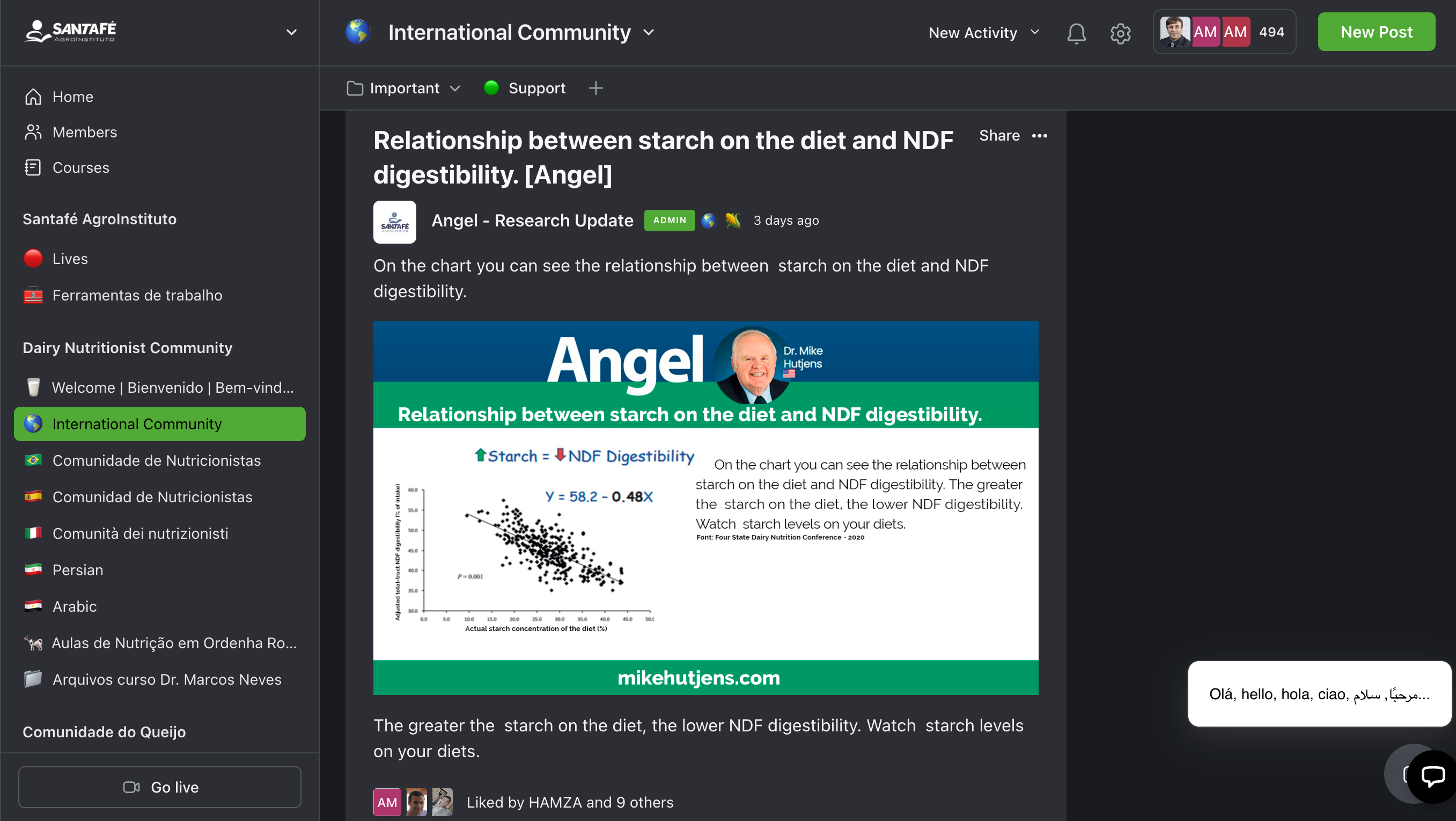
+ Networking: Have access to a closed community with professionals to send your questions, promote debates on relevant subjects, stay on top of market news, make contacts in the area, share experiences, help and be helped;
+ All this so that you absorb all the knowledge and put it into practice in your own time.
+ Introduction: history and market of robotic milking systems, benefits of adoption, basic performance parameters (milking frequency, average milking time, number of visits, incomplete milking, and others).
+ Impacts of housing and management on robotic milking success: cow flow systems: main characteristics, advantages and disadvantages of guided flows (milk first and feed first) or free, stocking densities, other barn characteristics (bedding, ventilation).
+ Health management in robotic milking systems, impacts and prevention: focus on lameness, udder health management, early lactation disorders.
+ Feeding management strategies: role of nutrition in robotic farms (voluntary milking, precision feeding), differences in feed allocation (PMR vs robot concentrate) based on housing and dietary strategies, concentrate characteristics.
+ Networking: Have access to a closed community with professionals to send your questions, promote debates on relevant subjects, stay on top of market news, make contacts in the area, share experiences, help and be helped;
+ All this so that you absorb all the knowledge and put it into practice in your own time.
+ Dr. Mike Hutjens – Robotic milking and robotic feeding research report;
+ Dr. Barry Bradford – Managing inflammation in transition dairy cows;
+ Dra. Marcia Endres – Compost barn housing system for dairy cows;
+ Dr. Bill Weiss – Feeding robot milked herds;
+ Dr. Jesse Goff – Hypocalcemia can be reduced steps that we know will work;
But not today.
I decided to sell the Robotic Milking Systems Online Course for $497 to you who follow me on my social media and want to resolve these issues on the farm. And all the bonus above for FREE.

7-day Unconditional Guarantee for you to test the course.
Just send me an email within 7 days asking for your money back, and I’ll return every penny without even asking why, ok?
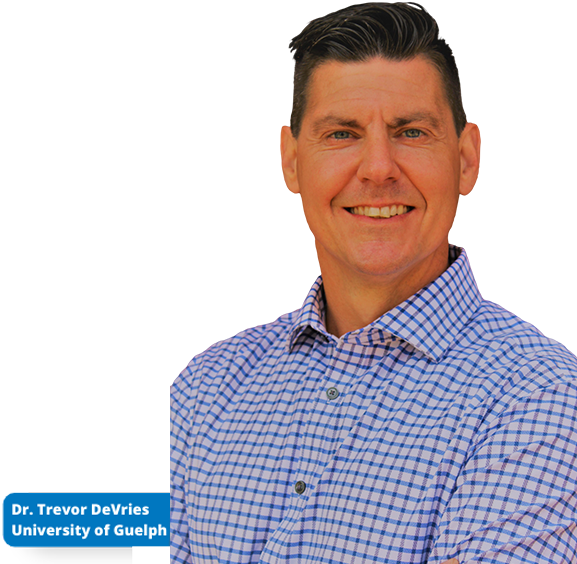
Trevor grew up in British Columbia, Canada, and always had a lifelong interest in dairy cows. His interest in animal science continued as an undergraduate student at the University of British Columbia, where he had the opportunity to participate in dairy cow research. That led to an interest in nutritional management, animal welfare and behaviour, which he studied during his graduate program at UBC. Trevor then completed a one-year postdoctoral position with Agriculture and Agri-Food Canada at the Lethbridge Research Centre. In 2007, he began his academic position at the University of Guelph’s Kemptville Campus, where he worked for eight years before coming to U of G’s main campus in 2015. He is currently a Canada Research Chair in Dairy Cattle Behaviour and Welfare. In addition to his research responsibilities, Trevor also contributes to teaching at the university, including instructing undergraduate and graduate courses in the areas of dairy cattle management, behavior, and welfare, coaching the university Dairy Challenge team, as well as mentoring of graduate and undergraduate students.
Receive access to exclusive classes and content via email.